Building good quality backlinks is one of the oldest SEO tricks in the book and everyone does it. Every SEO expert worth their salt knows this.
But did you know that you can use PR for building links?
No, right?
PR and SEO go hand in hand and yet, they are seldom talked about together. After all, PR is all about managing a brand’s reputation and handling the media, while SEO is a different ball game altogether.
The fact is that, if done right, PR can give your SEO initiatives a boost by getting you some good quality backlinks.
Don’t believe me?
Read this case study on how I used PR to get good quality links and increase my popularity to see for yourself.
Table of Contents
Objective
As a comparatively new player in a highly competitive industry, I was trying hard to make a name for myself. I wanted to establish myself as a reputable digital marketing consultant and gain popularity in the industry.
One of the best ways to do that is to earn good quality links from already established industry sources. I wanted to improve the quality of backlinks to my website and wanted to get backlinks from sources with high domain authority.
So, I decided to use PR to enhance my personal brand and earn good quality backlinks.
Challenges
Building good quality backlinks is not as easy as it sounds. It’s not as simple as submitting guest posts to a bunch of websites and earning backlinks.
To get established in the industry, I also needed mentions from other industry experts and established sources. This was the tough part.
Here are some of the key challenges that I faced:
Industry Competition
Digital marketing is a field that is highly competitive and there is no shortage of digital strategists and consultants looking to make names for themselves. It is difficult for anyone to enter such a competitive industry and be able to stand out in that crowd.
And there were already some established players in the industry that I had to compete with. People who have been in the industry for much longer.
Less Reputed Mentions
Although I was getting mentions and was starting to gain traction in the industry, the quality of mentions was not that great. I needed a few mentions from more reputable industry sources.
Image Source: Brand24
Solution
Participating in Events
I started participating in workshops, speaking engagements, webinars, and podcasts to build my industry presence.
Image Source: TBCasia
Reaching Out to Influencers
I reached out to several influencers in the field and built relationships with them. I used personalized emails and direct messaging and commenting on social media for my outreach.
Guest Posting
I actively posted articles on multiple websites and started contributing regularly to reputable websites like Forbes and Social Media Examiner. I posted over a 100 articles within a span of 1 year and I still write guest posts regularly.
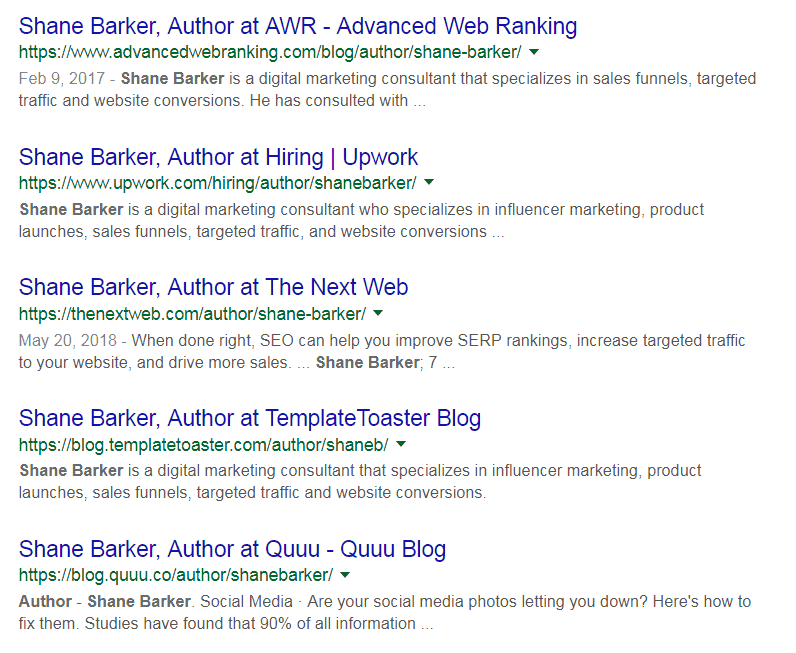
Content Syndication
I also syndicated my articles and blog posts on reputable content syndication and curation platforms, such as Medium and the Upwork blog. This helped me broaden the reach of my content and get more people to read it.
Image Source: Medium
Image Source: Upwork
Post on Social Media Consistently
I also started being more active on social media and started posting regularly.
Image Source: Twitter
Reply to Questions
I also ensured that I replied to any questions on my social media posts, blog posts, and guest posts. This helped me connect with my audience and keep them engaged. I still reply to comments on my social media posts and try to connect with my audience and build relationships with them.
Image Source: Twitter
Results
Using these PR techniques, I was able to increase my popularity, build a brand, and earn good quality backlinks.
Here are the benefits that I experienced as a result of these PR initiatives:
1. I got featured on reputable websites like Forbes, Search Engine Journal, Social Media Examiner, HuffPost, INC, etc. I still regularly contribute to these and many other reputable websites.
2. I have been mentioned by some of the most reputable industry sources and have earned good quality backlinks.
Image Source: Forbes
3. The number of backlinks to my website has significantly increased in the last two years.

Image Source: Influencer Marketing Days
5. This has also helped increase traffic to my website.
6. I was featured in the influence directory’s list of “The 100 Most Influential People in Influencer Marketing”, along with the likes of Kim Kardashian and Lilly Singh.
7. I am also invited to participate in podcasts, expert roundups, and workshops conducted by reputable industry sources.
Image Source: onalytica
FAQs
Q1. What is a PR case study?
A. A PR case study is a descriptive and qualitative research method that analyzes, in detail, how your brand helped a customer overcome challenges they faced. It describes the particular problems, solutions your company provided, and measurable results the customer gained from your services.
Q2. What is PR link building?
A. PR link building is the process of getting hyperlinks from high authority journalists, influencers, and general media to improve your brand's visibility on the search engines.
Q3. What are the best examples of great PR work?
A. A good example of a great PR campaign would be the case study mentioned in this article. In my quest to establish thought leadership in digital marketing, I leveraged PR to build links and gain popularity in the industry.
You can also check out The Human Impact of Data Literacy campaign by Qlik. They wanted to educate their audience on the benefits of a data-driven culture and the importance of investing in upskilling and training employees about data literacy.
Besides having their story appear in leading publications, they also amplified it on social, held a webinar, engaged influencers, partnered with major publications, etc.
And the result?
The campaign was a hit with 17m impressions from a live Twitter chat, 738 podcast downloads, over 10k visitors to their blog, and over 7.6k asset downloads from their webinar.
Q4. What is the purpose of a case study?
A. Case studies help you outline your business' effectiveness when dealing with client problems. It enables you to convince potential customers that your business excels at helping brands achieve their goals or solve problems.
Q5. What is an example of a case study?
A. These are some of the best case study examples:
How PR Helped Me Get Quality Backlinks and Increase My Popularity – Case Study
How Budapester increased their conversion rate by 12.5% (and mobile by 29%)
Q6. How can PR help your business?
A. Here is why you should incorporate PR into your marketing strategy:
- Getting influencers, journalists, and other media personalities to talk about your brand helps build credibility and trust without spending too much money.
- Getting favorable earned mentions builds your brand image and attracts investors.
- PR can supplement your other marketing initiatives in a way ads can't.
- It helps you monitor your business, stay on top of what people say about your brand, and ensure information people spread about it is accurate.
- Sharing timely and relevant content across owned, shared, and earned channels helps you increase visibility and boost search rankings.
- PR helps you set the narrative for your brand, create buzz about products, drive awareness, and boost sales.
Q7. Why is PR so important?
A. PR helps your brand:
- Increase credibility.
- Build audience trust.
- Improve sales and profits.
- Boost brand image and increase visibility.
- Strengthen community relations.
- Enhance online presence.
- Manage brand reputation.
- Promote brand values.
- Access consumers on preferred channels.
- Get more conversion opportunities.
Q8. What role does PR play in brand management?
A. In terms of brand management, PR helps you:
- Reframe your brand narrative.
- Build relationships that breed loyalty.
- Showcase thought leadership.
- Choose the best channels for your message.
- Prioritize target markets and identify messages that will resonate with them.
- Differentiate your brand.
Q9. What is the difference between PR and marketing?
A. Marketing focuses on helping brands promote products or services and drive sales. It involves conducting industry research, creating and managing marketing campaigns, developing sales pitches and marketing materials, managing social profiles, etc.
On the other hand, PR focuses on helping brands, people, or companies maintain positive reputations. It involves securing public speaking opportunities, writing press releases, managing media relations, building the brand's online and offline reputation, etc.
Q10. What are some PR strategies?
A. The following are PR strategies your brand should embrace:
- Correctly identify your audience.
- Define your goals and KPIs.
- Partner with influencers.
- Remain active online.
- Be exclusive with your brand story when using traditional media.
- Customize your online content for your target audience.
- Create newsworthy content for the media.
- Benchmark your competition.
- Promote creatively with exciting offers.
- Hold media events.
- Target local media.
- Tell stories.
- Join associations that offer networking opportunities.
- Involve employees.
- Run corporate and social responsibility programs.
Conclusion
Doing PR the right way can be really beneficial. Not just to improve your brand image, but also to earn good quality backlinks.
I used PR to do exactly that, and have successfully established myself as a reputable digital marketing consultant.
Are you also struggling to get good quality mentions and backlinks? Follow the techniques mentioned above and watch your popularity rise.
If you have any questions, feel free to comment below.

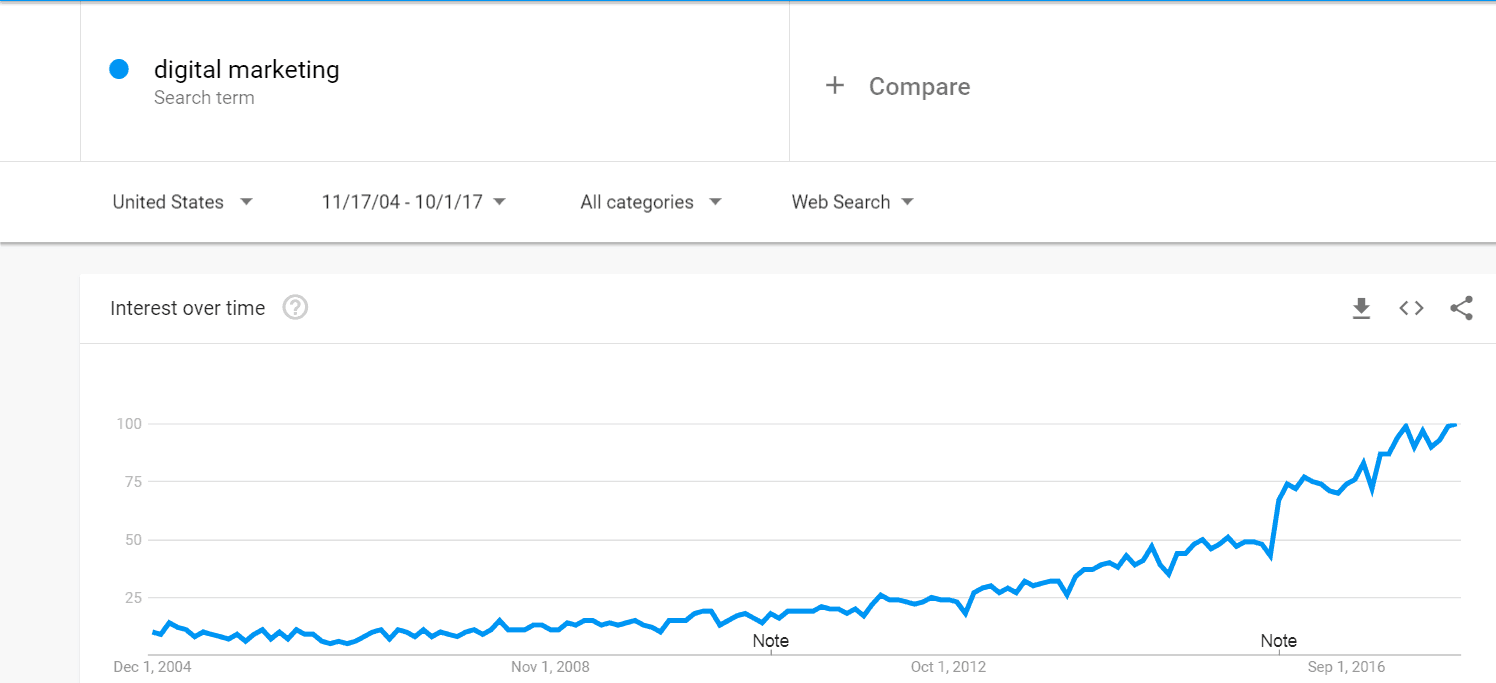
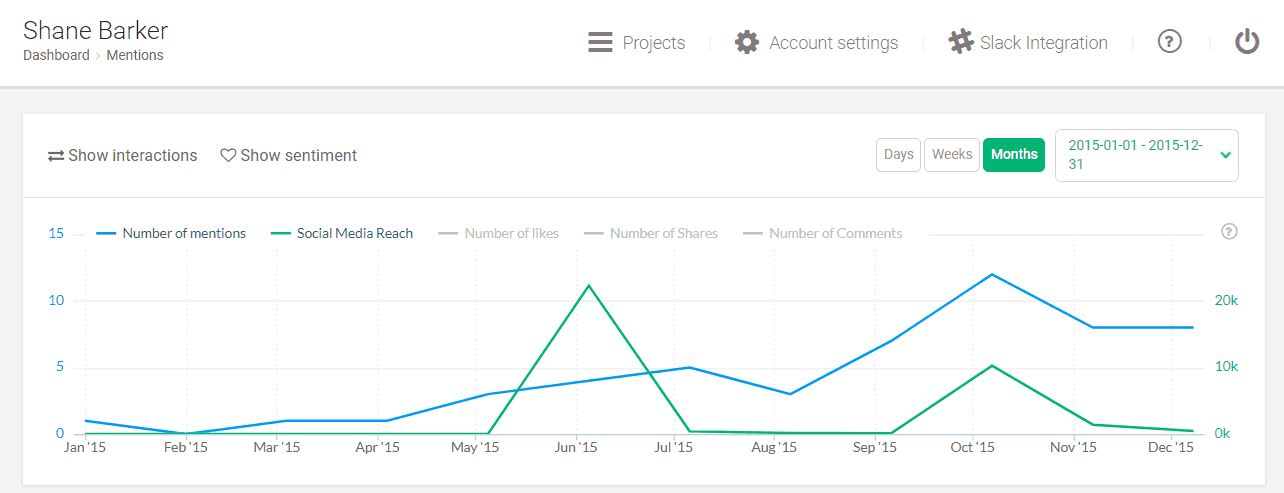
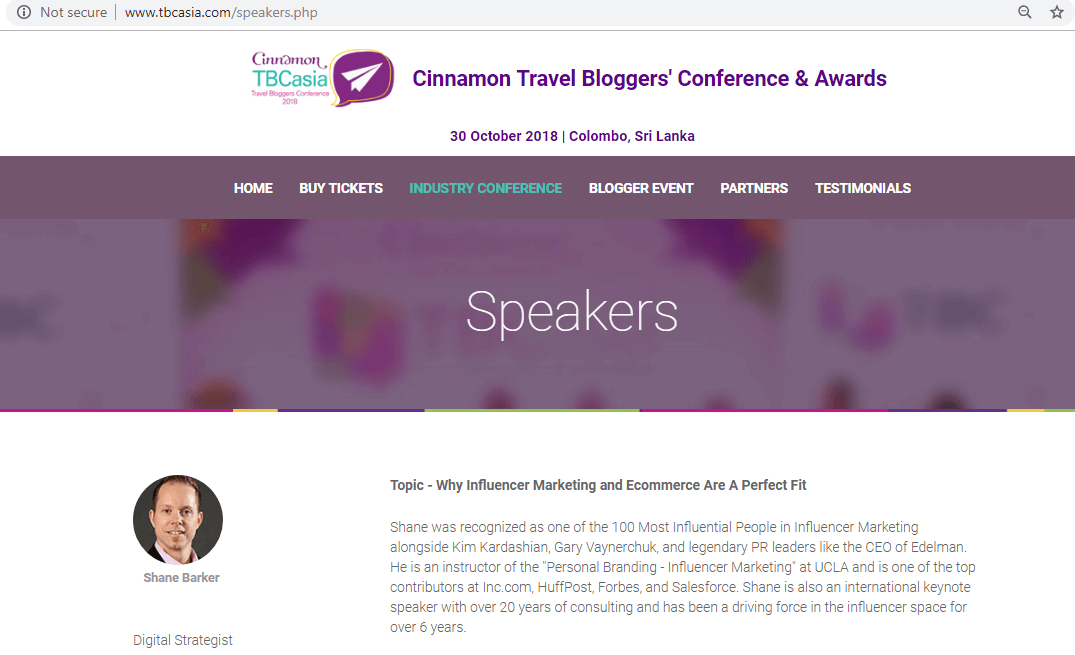
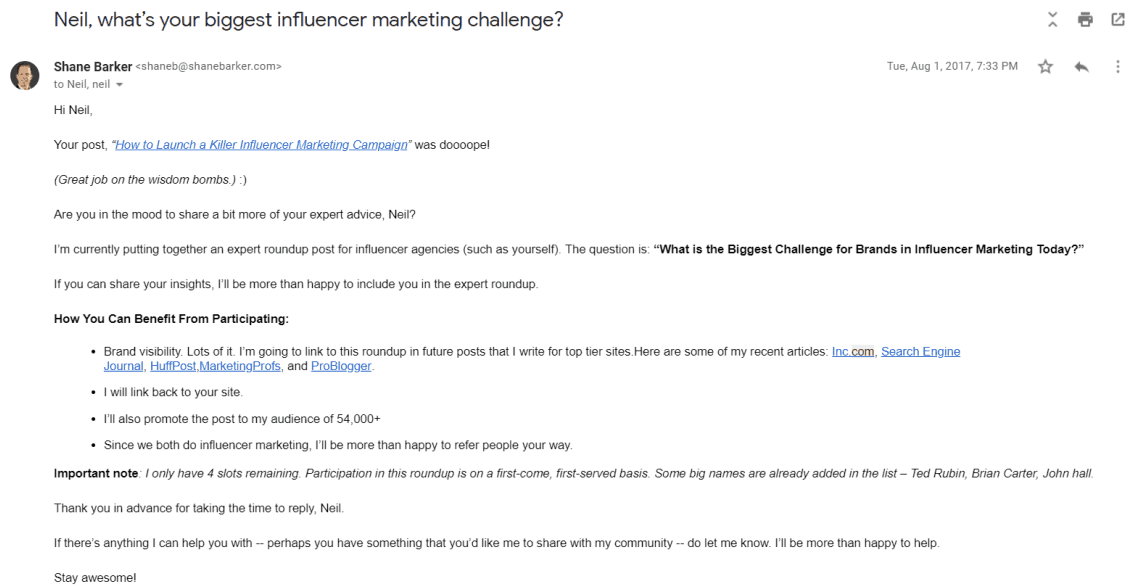
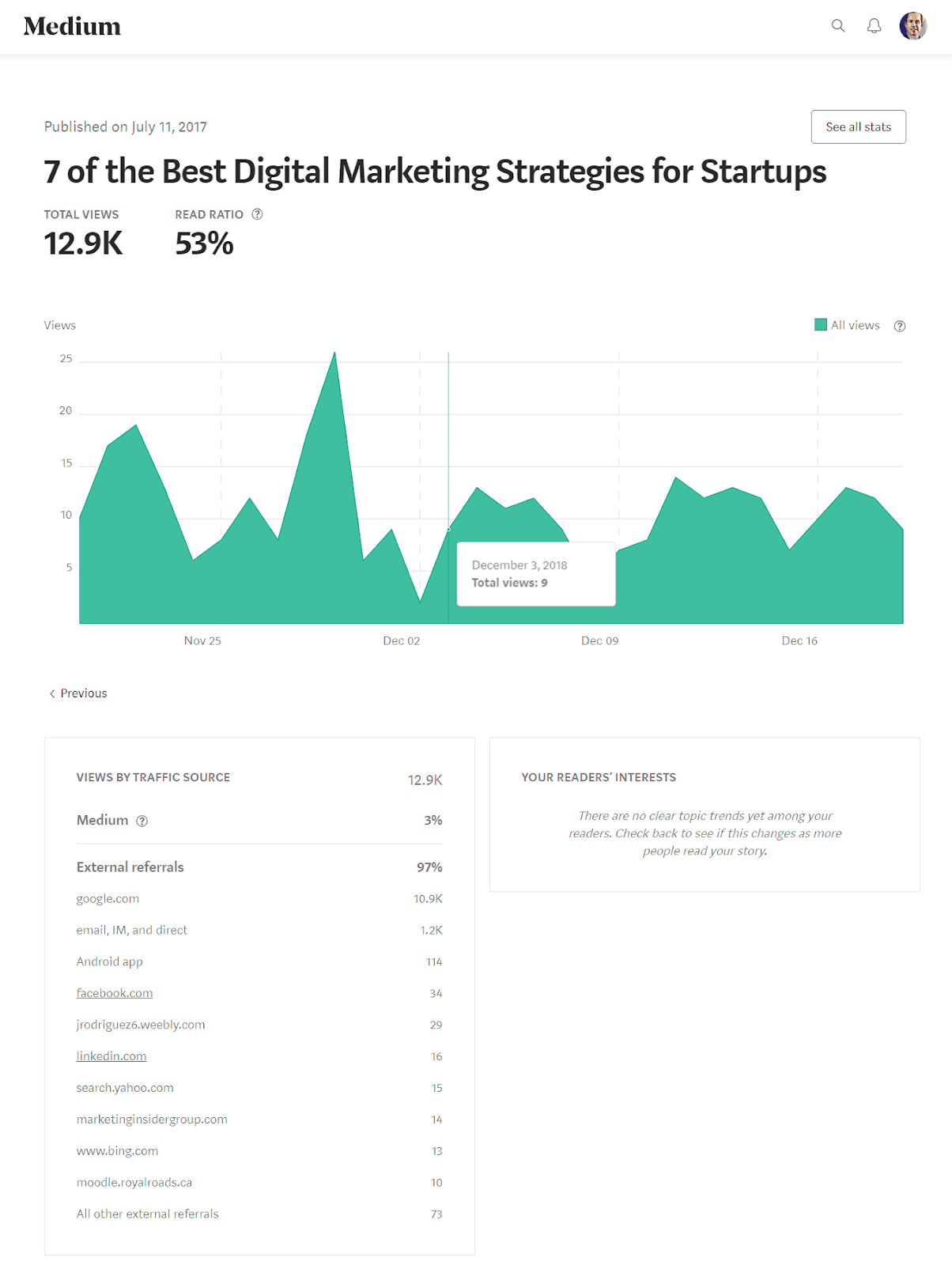
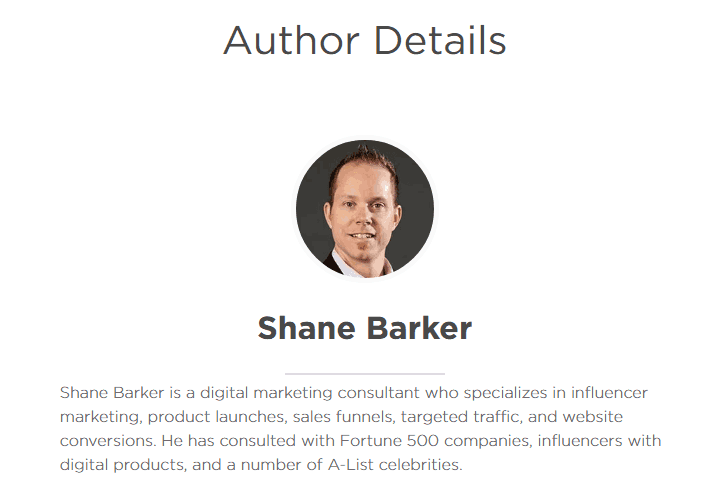
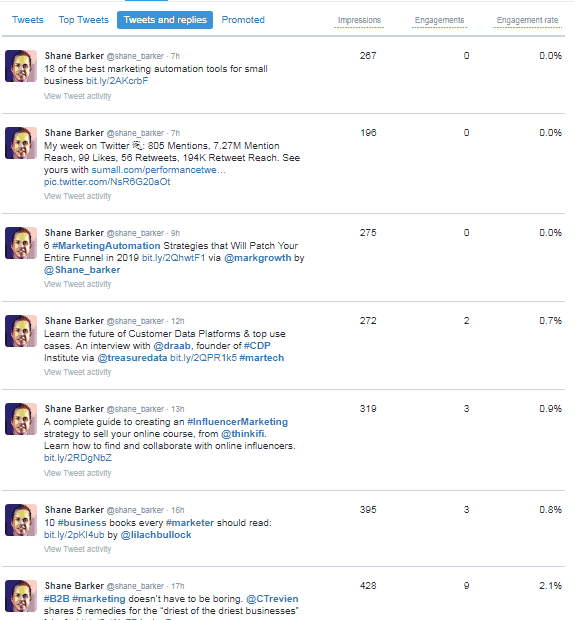
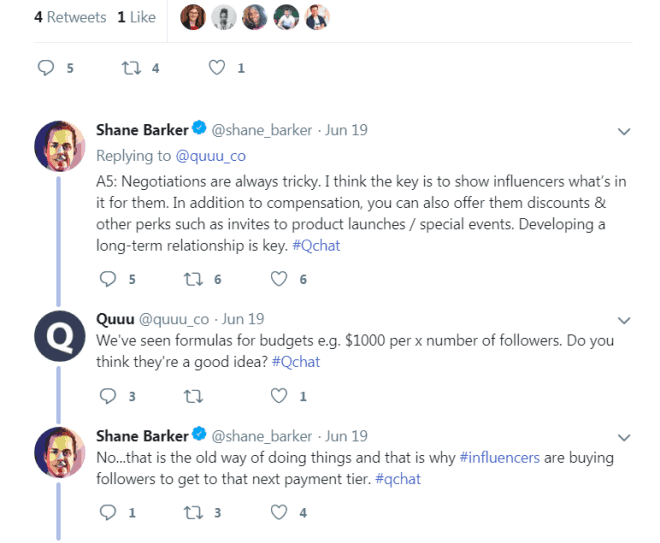
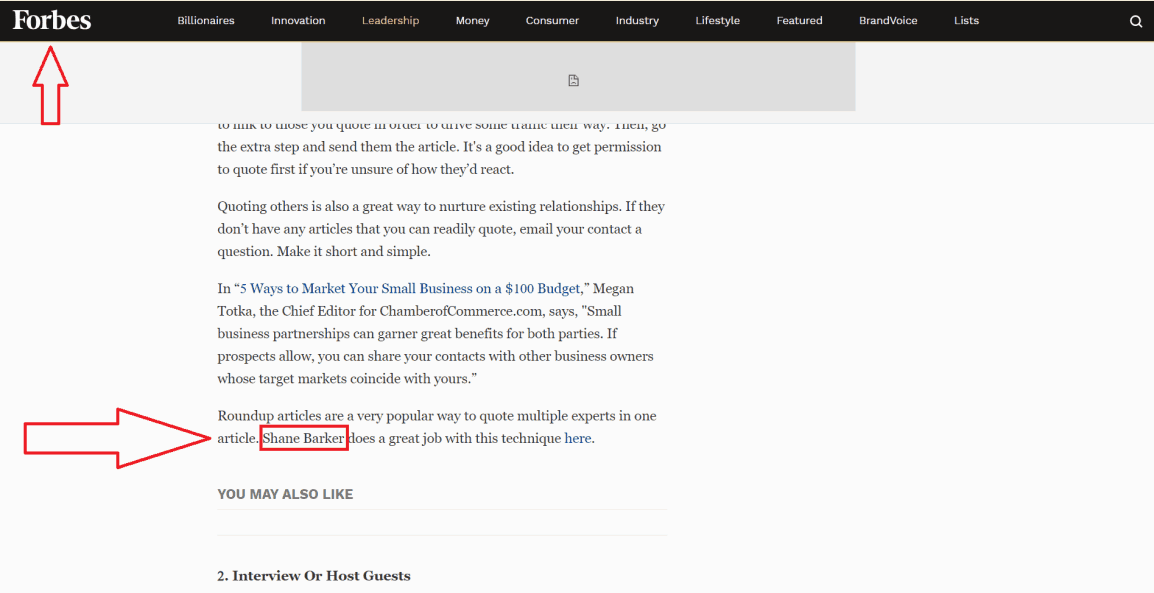
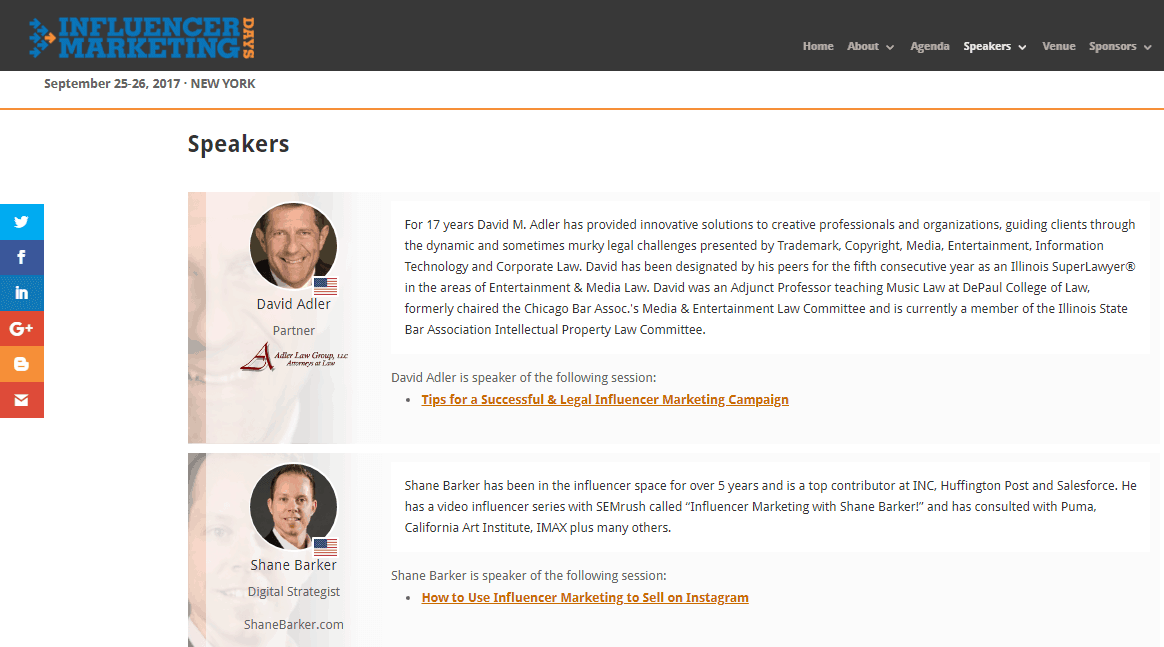



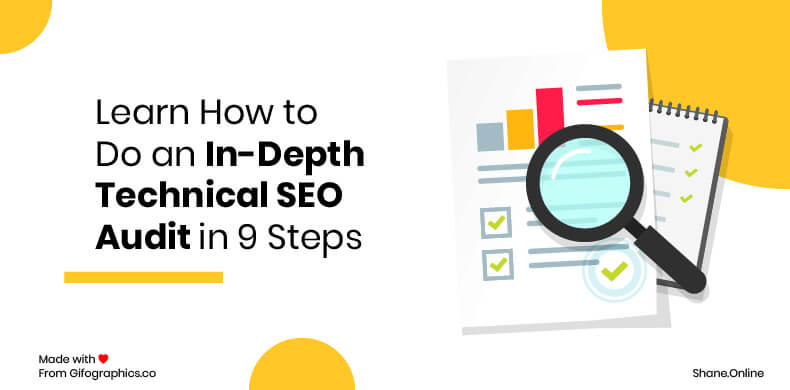
![20 best seo chrome extensions that you need to know in [year] 31 best seo chrome extensions that you need to know](https://wordpress-890923-3114958.cloudwaysapps.com/wp-content/uploads/2021/09/seo-chrome-extensions.jpeg)
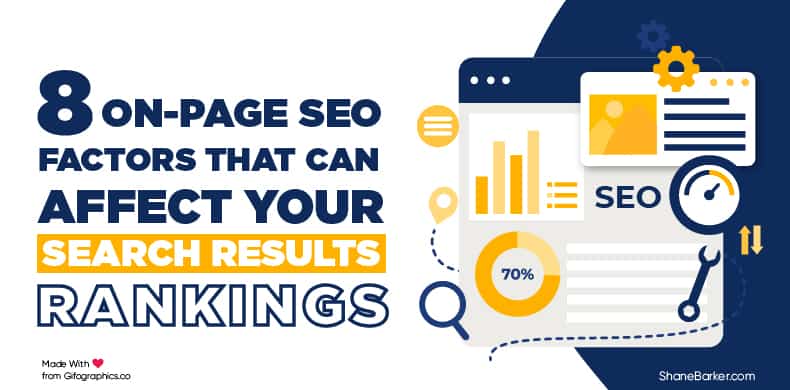
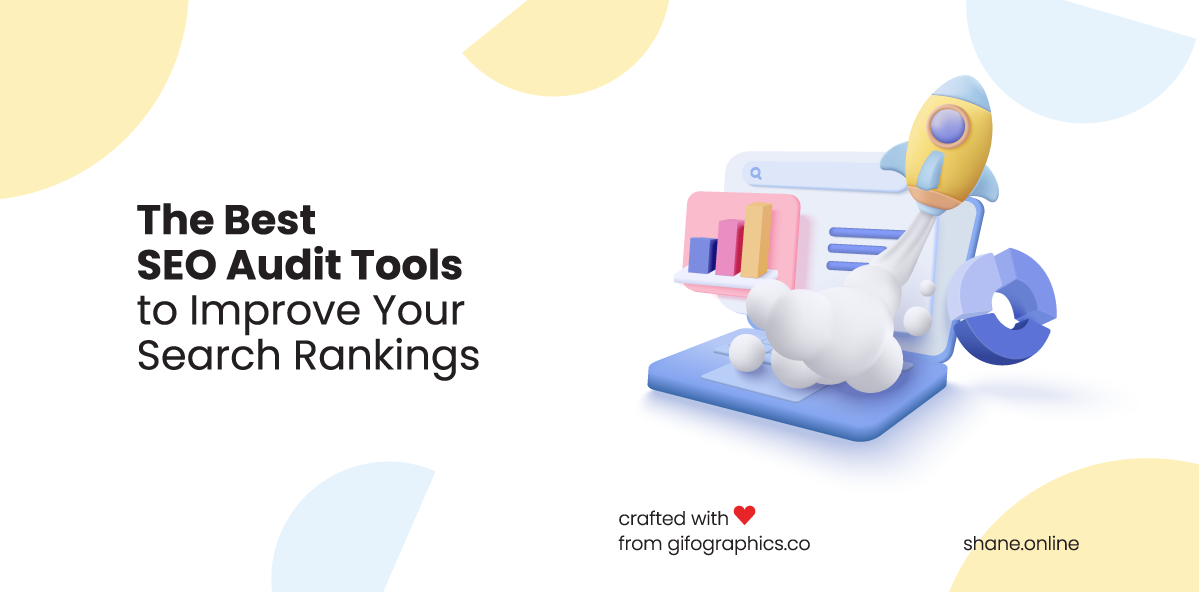
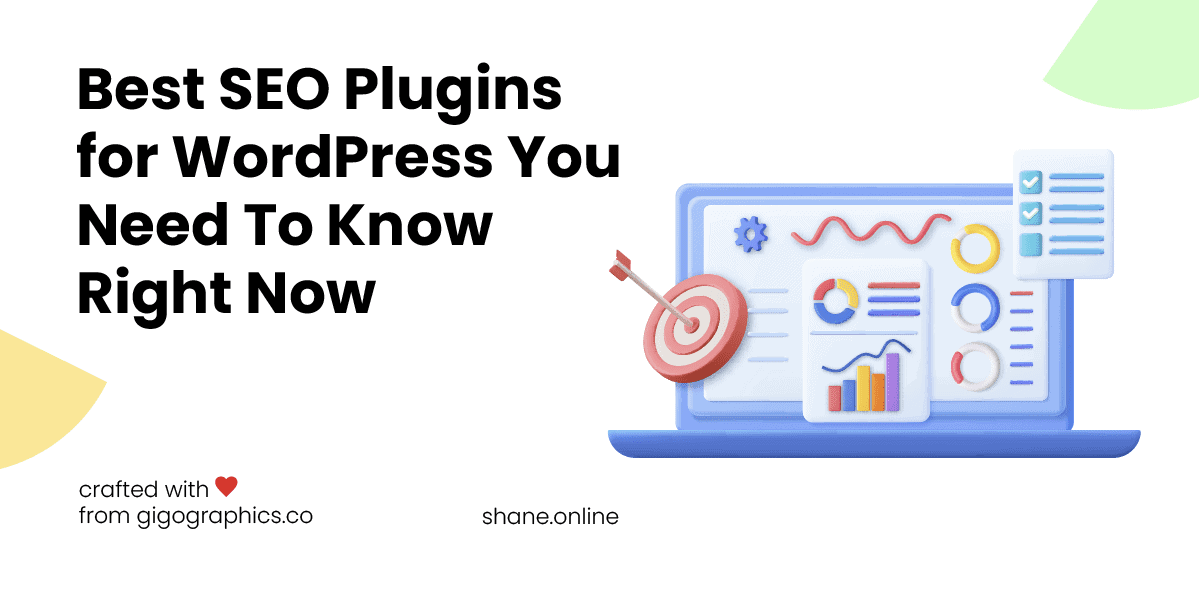

The information you’ve shared in this blog is very remarkable. Thanks for sharing such quality information.